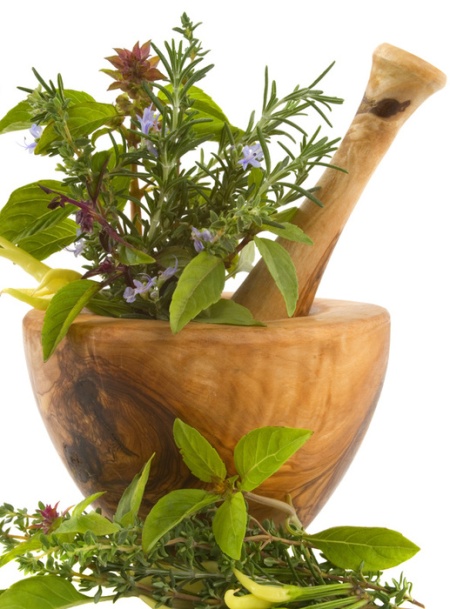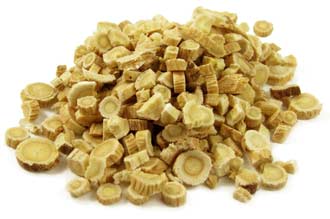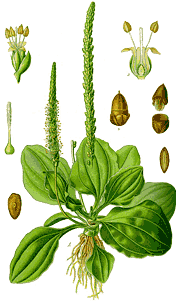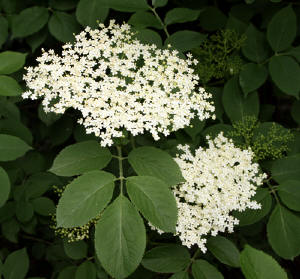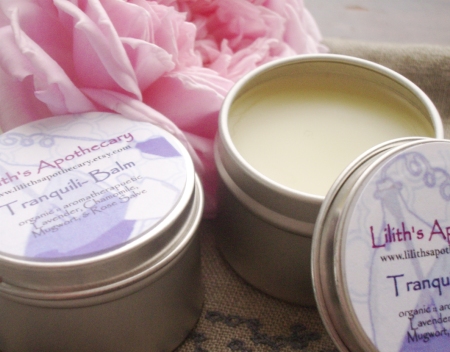 What’s a Dream Balm? I often get asked this question when people check out my products and come across this Lovely in an aluminum tin. Quite simple! A Dream Balm, or a Tranquility Balm, as I sometimes like to call it, is aromatherapy in a solid form.
What’s a Dream Balm? I often get asked this question when people check out my products and come across this Lovely in an aluminum tin. Quite simple! A Dream Balm, or a Tranquility Balm, as I sometimes like to call it, is aromatherapy in a solid form.
The balm is an effective way to utilize the power of pure botanicals for aromatherapeutic uses: rub on the temples or under the nose to ease tension headaches, ease into sleep or a state of calm, relieve anxiety and stress, use in ritual manner to induce a state of relaxation. I find this an incredibly effective balm for all of these reasons, and more.
It can also be used as a lip balm or body balm. And it is certainly safe for children. In fact, children love the nighttime ritual of a scented balm to ease them into dreamland. It is perfectly safe for babies, especially those infants who get fussy at the dinner hour or at bedtime. Just rub a little onto their temples or perhaps a little dab under the nose. You may even treat patches of dry skin or eczema on children, babies, and adults with this great skin salve.
The base of the Dream Balm itself is made from nourishing natural oils and waxes (beeswax). Safflower and sunflower oils, are not clogging and have a nice consistency and shelf life. The oils have been infused with organic herbs, including lavender, chamomile, rose, and mugwort. Rosemary oil extract & vitamin E are added as potent anti-oxidants to protect the balm.
Chamomile provides wonderful anti-inflammatory action (topically) and has aromatherapeutic qualities all by itself. It’s a remarkable, calming herb that not too long ago deserved a post all its own.
Lavender is one of my absolute favorite herbs for all reasons, and its aromatherapeutic, calming activity is well-established. Topically, lavender is an analgesic, which means that it helps relieve pain. Lavender is a wonderful herb and essential oil for topical application to scrapes, insect bites, and burns, and I include it in my All-Purpose healing salve. Need I say more? The balm smells strongly of lavender.
Mugwort is a wonderful herb that grows everywhere here in the NorthEast, favoring waste places and empty lots. However, it’s an herb with an old history as a “dream herb”. People would hang it over their beds to bring good dreams at night, and the dried herb has traditionally been stuffed into dream pillows. I have a special love for this fragrant member of the Artemesia family.
Rose imparts a feeling of comfort and well-being, lifting the spirits and easing the mind. It’s a romantic touch to the Dream Balm, and a welcome addition.
Once again the balm is an excellent, alll-purpose body salve, so you can *certainly* use it to soothe the skin, including insect bites, scrapes and scars, dry skin, and eczema conditions. Lavender is excellent on burns for its analgesic properties, as noted above. The infused chamomile also makes the balm anti-inflammatory. So I tend to think of it as a medicinal balm that also has aromatherapy — these plants give us gifts from all angles, as you can see.
SALE! In honor of the lovely Dream Balm, you can purchase a nice 5 oz container of it in my Etsy store right now for $11 ($3 off!). This size tin will last a long time and travels well. You’ll love it!



 Posted by lilithsapothecary
Posted by lilithsapothecary 

